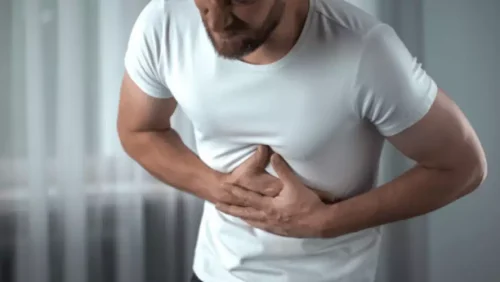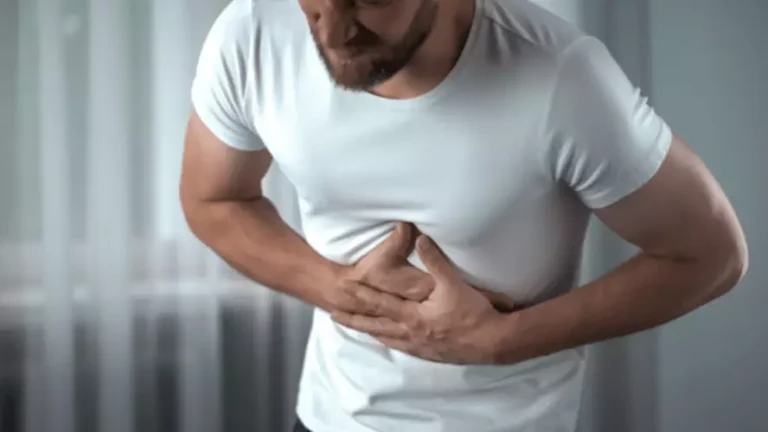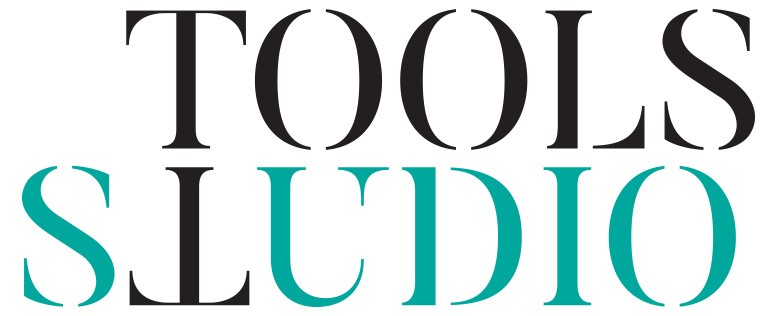
Some may have had negative experiences in treatment and therefore seek out alternative paths to recovery. Others may have relapsed after treatment and therefore feel the need for increased support for abstinence. However, they may want to avoid the level of commitment involved in reentering a formal treatment program. Sober living houses (SLHs) are alcohol and drug free living environments that offer peer support for recovery outside the context of treatment. Most of the rent for the Options SLHs was paid by General Assistance or Social Security Income, so a variety of low income residents could be accommodated. While the level of support is less intensive (and less expensive) than that offered in residential treatment, it is more intensive than the relative autonomy found in freestanding SLHs.
Wayside Youth & Family Support Network – Lincoln Street
Some residents probably benefit from the mandate that sober house in mattapan they attend outpatient treatment during the day and comply with a curfew in the evening. For some individuals, the limited structure offered by freestanding SLHs could invite association with substance using friends and family and thus precipitate relapse. This could be particularly problematic in poor communities where residents have easy access to substances and people who use them. Recognition of the importance of one’s living environment led to a proliferation of inpatient and residential treatment programs during the 1960′ and 70’s (White, 1998).
- If you wish to contact a specific rehab facility then find a specific rehab facility using our treatment locator page or visit SAMHSA.gov.
- RehabNow.org’s helpline is a private and convenient solution for individuals seeking treatment for addiction or mental illness.
- He’s been clean and living at a sober house in town for just over a month, after relapsing last year.
- Some may have had negative experiences in treatment and therefore seek out alternative paths to recovery.
- These are followed by two steps revolving around the further exploration and reinforcement of Steps 1 to 9.
- To maximize generalization of findings, very few exclusion criteria were used and very few residents declined to participate.
What Did We Learn from Our Study on Sober Living Houses and Where Do We Go from Here?
- Sometimes, complementary therapies – yoga, massage, and acupuncture – may also be used.
- Also like other SLH models, each house has a house manager who is responsible for ensuring house rules and requirements are followed.
- Interviews will elicit their knowledge about addiction, recovery, and community based recovery houses such as SLHs.
- Our intervention modifies motivational interviewing to address the specific needs of the offender population (Polcin, 2006b).
- In a recent analysis of CSTL residents we looked at psychiatric severity as a predictor of alcohol and drug outcome using growth curve models (Korcha et al (2010).
- Hobbs’ address last year leaned heavily on support for public education, as well as the need to protect Arizona’s water supply.
Some houses have a “residents’ council,” which functions as a type of government for the house. “Those side deals were a part of the prior agreement, so they’re not new; they’ve been offset thanks to the hard work and negotiations of the speaker,” a senior GOP leadership aide told alcohol rehab the Washington Examiner. Finding a peer group in Mattapan, MA and others who relate to your situation is a fundamental tool for recovery at Boston Health Care for the Homeless – Transitions Treatment Program. The accountability and friendship that is found in group therapy can be more effective than any single other treatment approach.

Ask the Community

ORS is an outpatient substance abuse treatment program located in Berkeley, California that treats approximately 800 clients per year. Most of the clients are low income and many have history of being homeless at some point in their lives. Because a large number do not have a stable living environment that supports abstinence from alcohol and drugs, ORS developed SLHs where clients can live while they attend the outpatient program. The houses are different from freestanding SLHs, such as those at CSTL, because all residents must be involved in the outpatient program. Most residents enter the houses after residing in a short term homeless shelter located near the program. At admission, nearly all residents are eligible for some type of government assistance (e.g., general assistance or social security disability) and use those funds to pay SLH fees.
This measure was taken from Gerstein et al. (1994) and was defined as number of arrests over the past 6 months. The following are the number of Massachusetts rehab admissions in 2023 for each of the 6 most frequently used drug classes, as well as the relative percent for each type of drug. Watch out for red flags, like a lack of structure and rules or facility areas that are not well kept or clean. “Parents vote with their wallets and they vote with their feet,” Hoffman said when asked how he can ensure ESA students, who are funded by taxpayer dollars, are achieving greater educational proficiency than public schools. The House unanimously adopted a resolution supporting Israel and its right to defend itself and condemns Hamas. Hobbs’ address last year leaned heavily on support for public education, as well as the need to protect Arizona’s water supply.

Rockland Recovery – Addiction Treatment Center
- This is particularly concerning because our analysis of criminal justice offenders in SLHs showed alcohol and drug outcomes that were similar to residents who entered the houses voluntarily.
- During these years, The Women’s Home won respect and admiration in the community and among professionals.
- Each year more than 7 million individuals are released from local jails into communities and over 600,000 are released on parole from prison (Freudenberg, Daniels, Crum, Perkins & Richie, 2005).
- Finding a peer group in Mattapan, MA and others who relate to your situation is a fundamental tool for recovery at Boston Health Care for the Homeless – Transitions Treatment Program.
These measures were taken from the Important People Instrument (Zywiak, =https://ecosoberhouse.com/ et al., 2002). The instrument allows participants to identify up to 12 important people in his or her network whom they have had contact with in the past six months. The drinking status of the social network was calculated by multiplying the amount of contact by the drinking pattern of each network member, averaged across the network. The same method is applied to obtain the drug status of the network member; the amount of contact is multiplied by the pattern of drug use and averaged across network members. Substance Abuse Treatment is important when getting sober, as it helps addicts learn the skills they need to live a clean life.

